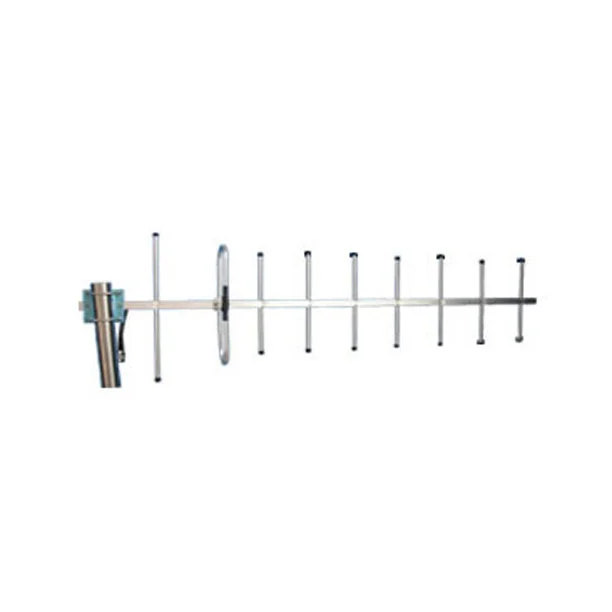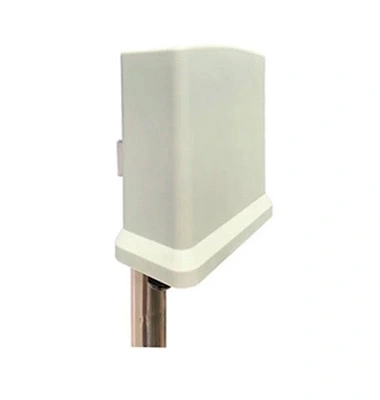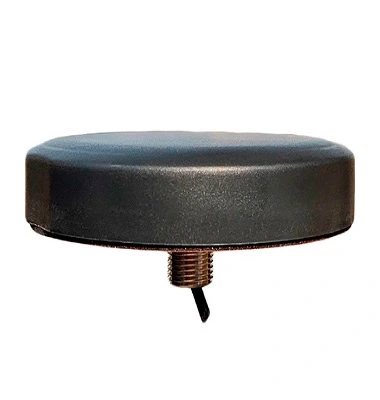A LoRa Yagi antenna is a directional antenna specifically designed for use with LoRa (Long Range Radio) technology. LoRa is a low-power, wide-area networking protocol that enables long-range communication at low data rates. Yagi antennas are known for their high gain and directivity, making them ideal for extending the range of LoRa communication links.
In this guide, we will cover everything you need to know about LoRa Yagi antenna, including:
What they are and how they work
The benefits of using a LoRa Yagi antenna
How to choose the right LoRa Yagi antenna for your needs
How to install and use a LoRa Yagi antenna

What is a LoRa Yagi Antenna?
A LoRa Yagi antenna is a type of directional antenna that consists of multiple elements:
A driven element, which is the main radiator of the antenna
One or more reflector elements, which reflect the radio waves from the driven element to create a more focused beam
One or more director elements, which focus the radio waves even further
The design of the Yagi antenna allows it to concentrate the radio waves in a specific direction, resulting in a higher gain and longer range compared to an omnidirectional antenna.
Benefits of Using a LoRa Yagi Antenna
There are several benefits to using a LoRa Yagi antenna, including:
Increased range: The high gain of a Yagi antenna can significantly extend the range of your LoRa communication link.
Improved signal quality: The directivity of a Yagi antenna can help to reduce interference and improve the signal quality.
Reduced power consumption: Because Yagi antennas are more efficient than omnidirectional antennas, they can help to reduce the power consumption of your LoRa devices.
Cost-effective: Yagi antennas are relatively inexpensive compared to other high-gain antennas.
Choosing the Right LoRa Yagi Antenna
When choosing a LoRa Yagi antenna, there are several factors to consider:
Frequency: Make sure the antenna is designed for the frequency band you will be using (e.g., 915 MHz in the US, 868 MHz in Europe).
Gain: The higher the gain, the longer the range, but it will also be more directional.
Beamwidth: The narrower the beamwidth, the more directional the antenna will be.
Impedance: Make sure the antenna impedance matches the impedance of your LoRa device (usually 50 ohms).
Size and weight: Larger antennas will have higher gain but will also be more difficult to mount.
Installing and Using a LoRa Yagi Antenna
Once you have chosen a LoRa Yagi antenna, you will need to install it properly. Here are some general tips:
Mount the antenna in a clear line of sight to the other antenna you are communicating with.
Make sure the antenna is properly grounded.
Use a good quality coaxial cable to connect the antenna to your LoRa device.
With proper installation and use, a LoRa Yagi antenna can significantly improve the range and performance of your LoRa communication link.

 English
English






